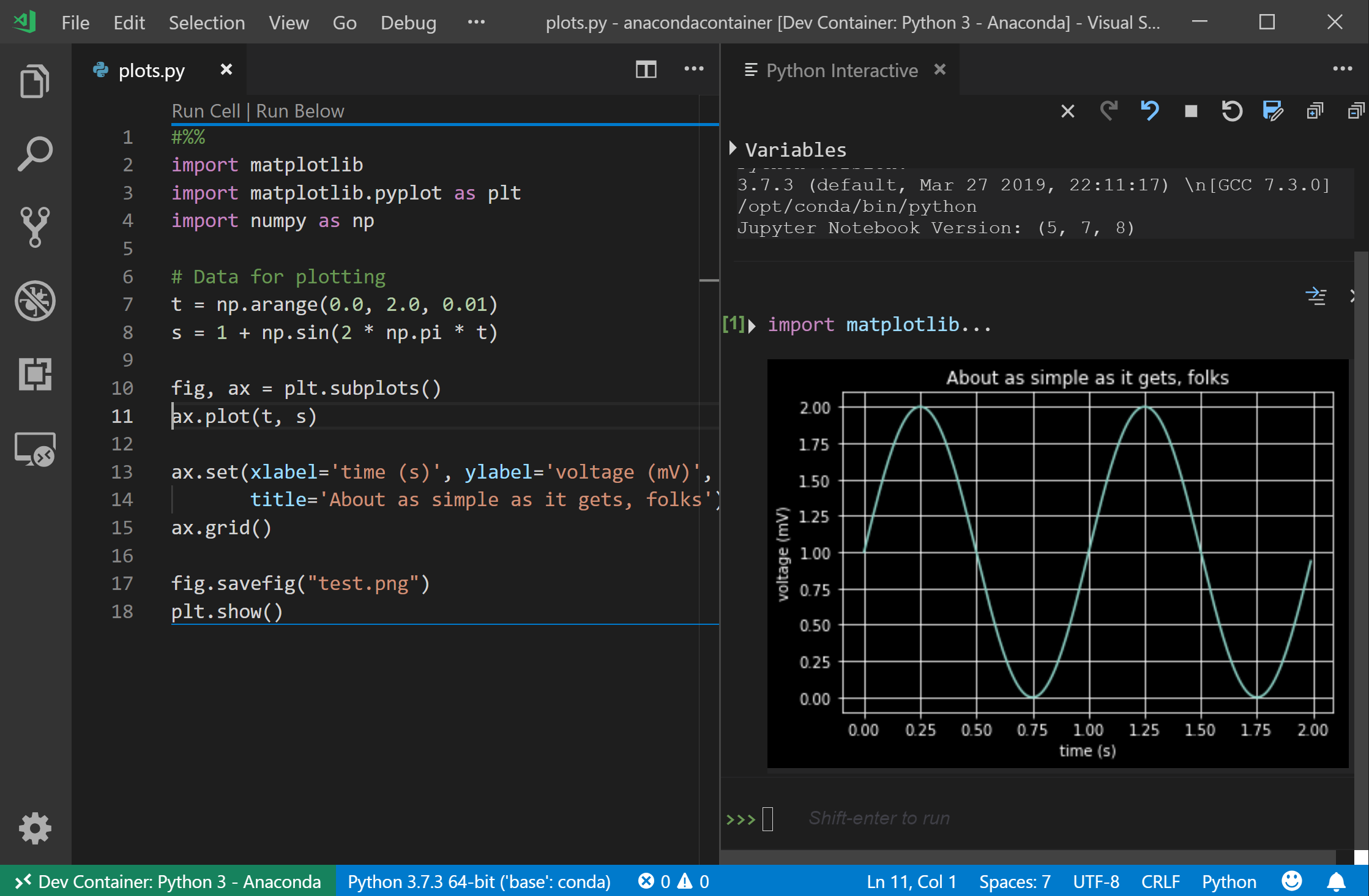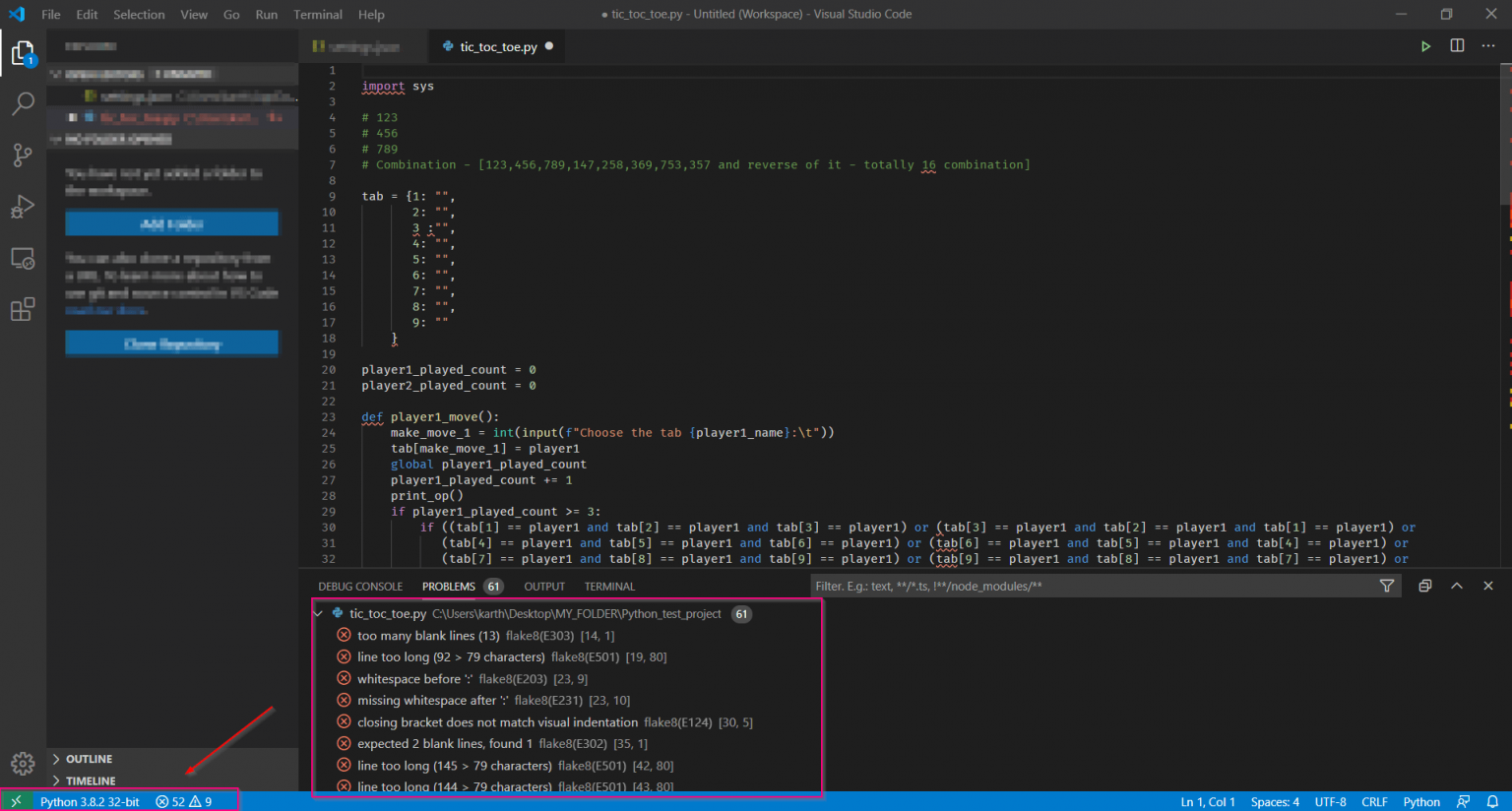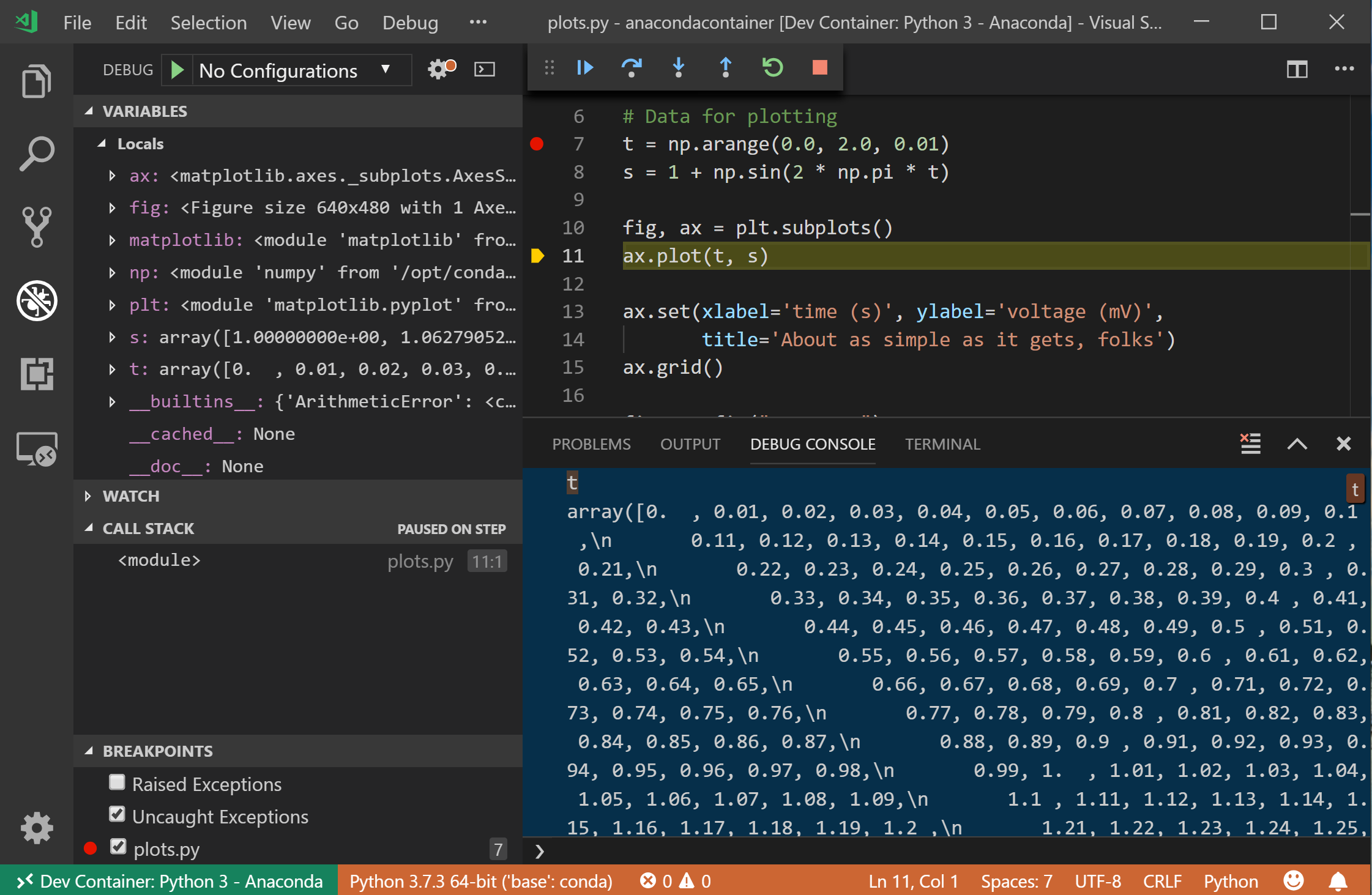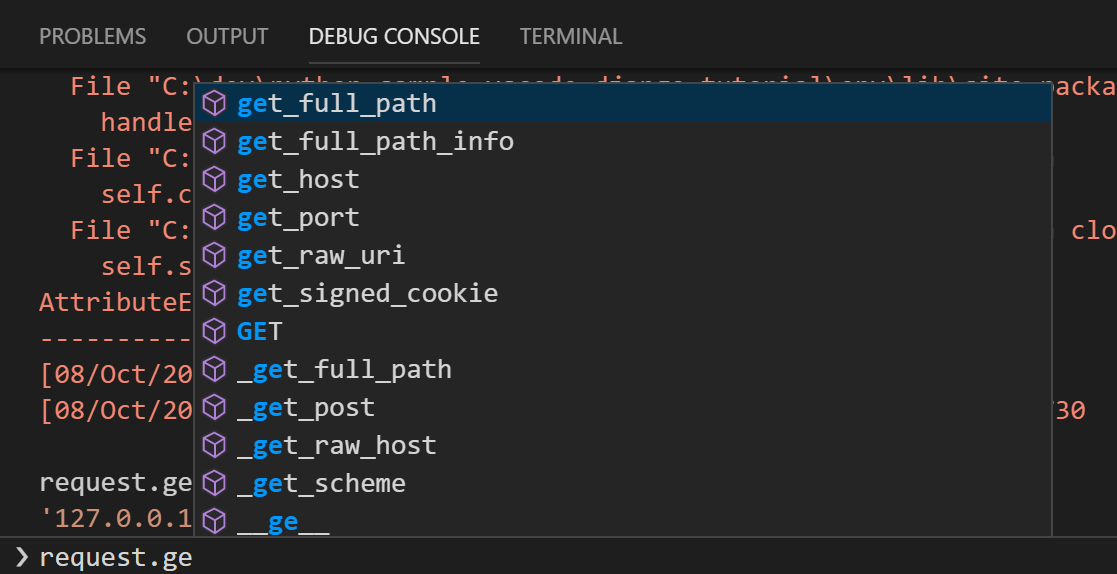
unless of course you rebound the slash shortcut to do something else. Like I said, I think these commands are a lot less handy, and I don't think there's ever a good reason to them over the slash one. So, if you keep executing (CTRL + K + C), the comments will keep piling up, as shown in the screenshot below. They do not toggle code like the slash shortcut. The main difference with these commands is that they each only have a single purpose. There's one other way to comment and un-comment, but it's not as handy.Ĭomment out code ():

To toggle a VSCode comment block, you can use :

If you want to comment out multiple lines of code within the same comment, this is what you're looking for. These are comments which span multiple lines of code (a block).

Some programming languages support block comments. I use this command constantly and can't imagine not having it. Once you do it a few times it will become muscle memory and boost your productivity. Select the code that is currently commented-out and execute the shortcut. You can also uncomment using the same command.

The other great use-case of comments is quickly disabling one or multiple lines of code. Every comment you write could save you and your colleagues some back and forth on slack. This is especially useful if you work on a large team with lots of people. When building out complex functionality, sometimes I'll even write out the whole function in pseudo-code comments before writing any code.Ĭomments make code more readable and understandable. I don't know of a programming language that does not support comments.Ĭode-comments are incredibly useful.


 0 kommentar(er)
0 kommentar(er)
